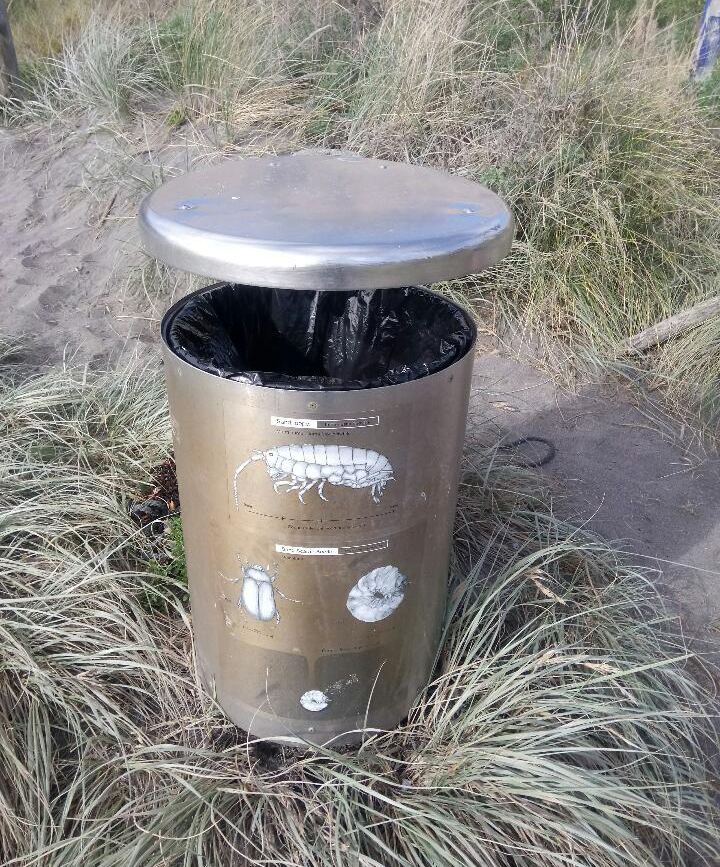Yes, the Dune Restoration Trust has re-named itself to reflect more closely its current focus and activities which extend from beach to dune to back-dune to coastal forest and wetlands.
This year the Trust’s annual summer conference was held in Christchurch, a different experience from the more usual small town conference locations, but with a wealth of coast for us to explore, with issues both similar to and different from our local coastal environment.
One problem we don’t have to face here is the challenge of what to do when Marram grass has been planted as a well meaning but ultimately problematic solution to coastal dune erosion. Marram was brought into New Zealand from South Africa in the 1890’s as a seemingly suitable plant to retain coastal dunes but as is common with introduced plants, it causes as many if not more problems than it solves. A Marram dune grows very high and steep and eventually collapses, leaving unprotected gaps for windblown sand to invade the land. It is hard to remove without creating very unstable conditions so in a number of places in Canterbury we saw Spinifex planted in front of the Marram dune, which can be gradually eliminated as the Spinifex becomes established.
Before the 1990’s, there was hardly any Spinifex surviving as far south as Christchurch, but ongoing work by local councils and volunteers has seen a steady re-introduction of Spinifex as well as other sand-binding plants such as Pingao, Tauhinu, Euphorbia and Sand coprosma.
There were several inspired projects that we came across, that could well be adopted in our Auckland West Coast area.
In the vast Turaihara Coastal Park we saw a series of ‘biota nodes’ which comprise a number of relatively small defined areas, each of which is adopted by a group of people such as a school or a social group where members work together to establish all the features that the area will ultimately have including wetland ponds and a variety of flora and fauna. This is one way of beginning the restoration of such an overwhelmingly large area. You could say ‘growing the love’ because that seems to be what is happening here.
On the City beaches, the rubbish bins had beautiful line drawings attached to them, showing the lifecycle of creatures that inhabit the beach. The tough clear plastic material they were printed on made it look a if the stainless steel bins themselves were inscribed.
Field trips took us as far afield as Banks Peninsular and North Canterbury as well as the local Christchurch beaches – New Brighton, Southshore, Sumner, Taylors Mistake, and Godley Head.
Piha Coastcare people who have attended the annual Coastal conferences have invariably found them friendly, informative and inspiring. And this year’s event was well up to expectation. A great way to kick-start the new year.


Leave a Reply